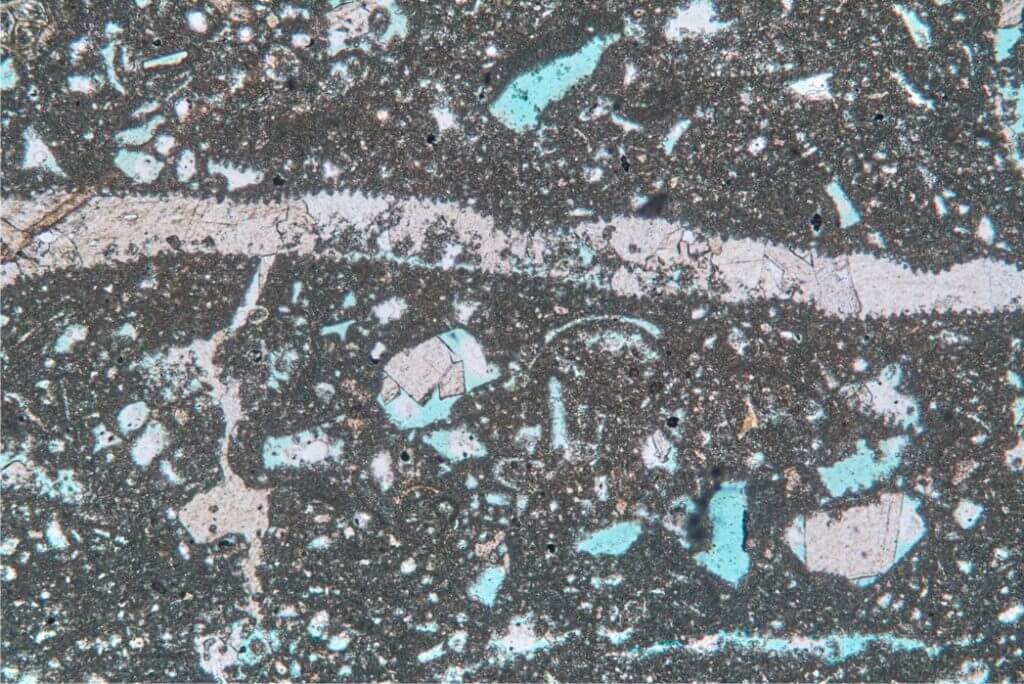Reservoir Characterization
Reservoir Characterization
Many disciplines need to combine to achieve meaningful characterisation of reservoirs. Failing to do this can lead to ineffective development programmes, bypassed hydrocarbons and reduced recovery, not to mention increased cost. This is particularly the case in complex carbonate reservoirs.
Oolithica's expertise in both carbonate and clastic reservoirs, can help your inhouse teams build constrained integrated models that better predict reservoir properties, trends and behaviour within the 3D volume, such as:
-
Pore system type(s) and network architecture
-
Depositional facies architecture, distribution and property variations
-
Impact of diagenetic overprint and its variations on reservoir properties
-
Identifying sweet zones, reservoir anisotropy characteristics, as well as baffles and barriers to fluid flow
-
Factors effecting formation sensitivity

The bimodal pore network in this sparse skeletal wackestone facies comprises fair mouldic macroporosity (after leached halimediform algae) and fair interparticle microporosity associated with the silt-grade micropeloidal matrix
